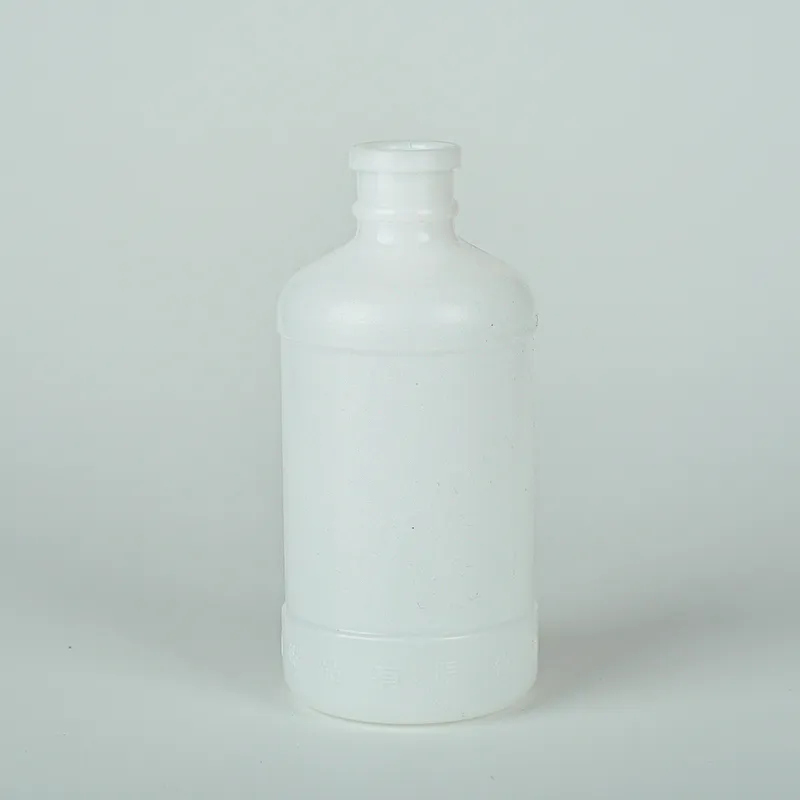
-
 Afrikaans
Afrikaans -
 Albanian
Albanian -
 Amharic
Amharic -
 Arabic
Arabic -
 Armenian
Armenian -
 Azerbaijani
Azerbaijani -
 Basque
Basque -
 Belarusian
Belarusian -
 Bengali
Bengali -
 Bosnian
Bosnian -
 Bulgarian
Bulgarian -
 Catalan
Catalan -
 Cebuano
Cebuano -
 Corsican
Corsican -
 Croatian
Croatian -
 Czech
Czech -
 Danish
Danish -
 Dutch
Dutch -
 English
English -
 Esperanto
Esperanto -
 Estonian
Estonian -
 Finnish
Finnish -
 French
French -
 Frisian
Frisian -
 Galician
Galician -
 Georgian
Georgian -
 German
German -
 Greek
Greek -
 Gujarati
Gujarati -
 Haitian Creole
Haitian Creole -
 hausa
hausa -
 hawaiian
hawaiian -
 Hebrew
Hebrew -
 Hindi
Hindi -
 Miao
Miao -
 Hungarian
Hungarian -
 Icelandic
Icelandic -
 igbo
igbo -
 Indonesian
Indonesian -
 irish
irish -
 Italian
Italian -
 Japanese
Japanese -
 Javanese
Javanese -
 Kannada
Kannada -
 kazakh
kazakh -
 Khmer
Khmer -
 Rwandese
Rwandese -
 Korean
Korean -
 Kurdish
Kurdish -
 Kyrgyz
Kyrgyz -
 Lao
Lao -
 Latin
Latin -
 Latvian
Latvian -
 Lithuanian
Lithuanian -
 Luxembourgish
Luxembourgish -
 Macedonian
Macedonian -
 Malgashi
Malgashi -
 Malay
Malay -
 Malayalam
Malayalam -
 Maltese
Maltese -
 Maori
Maori -
 Marathi
Marathi -
 Mongolian
Mongolian -
 Myanmar
Myanmar -
 Nepali
Nepali -
 Norwegian
Norwegian -
 Norwegian
Norwegian -
 Occitan
Occitan -
 Pashto
Pashto -
 Persian
Persian -
 Polish
Polish -
 Portuguese
Portuguese -
 Punjabi
Punjabi -
 Romanian
Romanian -
 Russian
Russian -
 Samoan
Samoan -
 Scottish Gaelic
Scottish Gaelic -
 Serbian
Serbian -
 Sesotho
Sesotho -
 Shona
Shona -
 Sindhi
Sindhi -
 Sinhala
Sinhala -
 Slovak
Slovak -
 Slovenian
Slovenian -
 Somali
Somali -
 Spanish
Spanish -
 Sundanese
Sundanese -
 Swahili
Swahili -
 Swedish
Swedish -
 Tagalog
Tagalog -
 Tajik
Tajik -
 Tamil
Tamil -
 Tatar
Tatar -
 Telugu
Telugu -
 Thai
Thai -
 Turkish
Turkish -
 Turkmen
Turkmen -
 Ukrainian
Ukrainian -
 Urdu
Urdu -
 Uighur
Uighur -
 Uzbek
Uzbek -
 Vietnamese
Vietnamese -
 Welsh
Welsh -
 Bantu
Bantu -
 Yiddish
Yiddish -
 Yoruba
Yoruba -
 Zulu
Zulu
Exploring Standard Petri Dish Dimensions for Laboratory Applications and Experiments
Understanding Standard Petri Dish Sizes A Comprehensive Guide
Petri dishes are essential tools in microbiology, molecular biology, and various other scientific disciplines. These shallow, cylindrical, flat dishes are used for culturing microorganisms, growing cells, and conducting various biological assays. While their design may seem simple, the dimensions of Petri dishes can significantly impact experimental outcomes. This article will explore standard Petri dish sizes and their applications in scientific research.
A standard Petri dish typically has a diameter of 90 to 100 millimeters (mm) and a height of around 20 mm. The most commonly used size remains the 90 mm dish, which is often referred to as a standard Petri dish. This size is ideal for various applications, as it provides sufficient surface area for culturing microorganisms while maintaining an easy-to-handle format.
Understanding Standard Petri Dish Sizes A Comprehensive Guide
Material also plays a crucial role in choosing the right Petri dish. Most traditional Petri dishes are made of glass, which offers several benefits, including sterilization in an autoclave and chemical resistance. However, plastic Petri dishes, typically made from polystyrene or polypropylene, are more commonly used today due to their disposability, cost-effectiveness, and availability in pre-sterilized formats. These plastic dishes have become the go-to choice for many laboratories, especially in high-throughput workflows.
standard petri dish size

One of the primary reasons scientists choose specific Petri dish sizes is to optimize their experimental conditions. It is essential to know that the diameter of the Petri dish affects the surface area-to-volume ratio, subsequently impacting factors such as nutrient availability, waste accumulation, and gas exchange. For example, larger dishes may support greater biomass due to a wider surface area, but they can also lead to nutrient depletion more quickly if not monitored appropriately.
Additionally, the depth of the dish influences the volume of the growth medium applied. Deeper dishes may allow for more extensive liquid volume, which can be advantageous for specific cultures or when larger quantities of media are required. In contrast, shallower dishes minimize the volume, making them suitable for thin-layer cultures or experiments where evaporation must be kept to a minimum.
When designing experiments, researchers must carefully consider their choice of Petri dish size and material. The right dimension will depend on the specific application and the microbial species or cell type being studied. Furthermore, petri dish size can significantly influence the ease of handling, the strain of bacteria being cultured, and the mechanisms of diffusion and growth.
In conclusion, understanding standard Petri dish sizes and their implications in the laboratory setting is crucial for any scientist working with microbial cultures. By selecting the appropriate size and material, researchers can enhance their experimental designs, optimize growth conditions, and ultimately achieve more reliable and reproducible results. Whether using the classic glass dishes or modern disposable options, the correct choice of Petri dish is an unassuming yet vital aspect of successful scientific inquiry.
-
Premium 200ml Medicine Bottles – Leakproof Dropper & Spray Options at Best PriceNewsJul.05,2025
-
PTFE Centrifuge Tubes - Chemical Resistant, Leak-proof, Ideal for Laboratory UseNewsJul.05,2025
-
Premium Metal Dropper Bottle for Precise Dispensing 250ml & 1ml Options AvailableNewsJul.04,2025
-
20 ml Headspace Vials - High Quality Polyethylene & Plastic Vials for Lab UseNewsJul.04,2025
-
Small Bottle with Pipette - Precise Dispensing 100ml Pipette Bottles for Essential Oils & Lab UseNewsJun.24,2025
-
Acetic Anhydride Bottle for Accurate Dropper Measurement in Pharmacy Use High-Quality Dropper BottlesNewsJun.10,2025






















